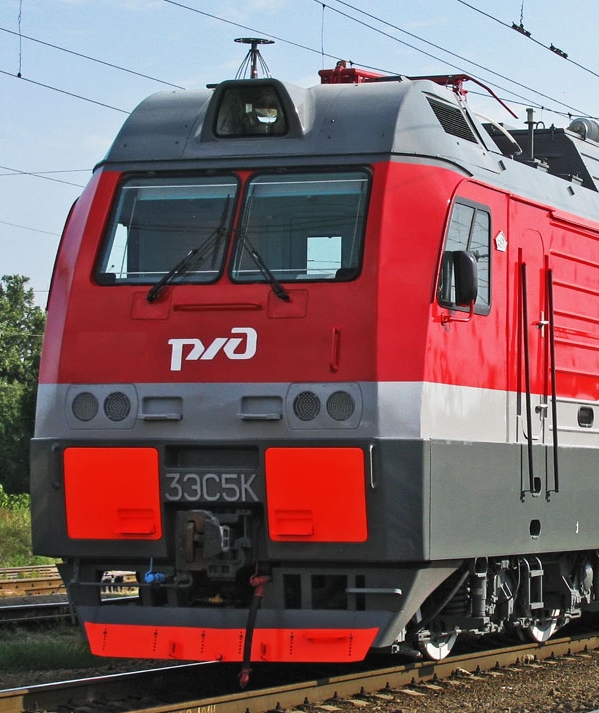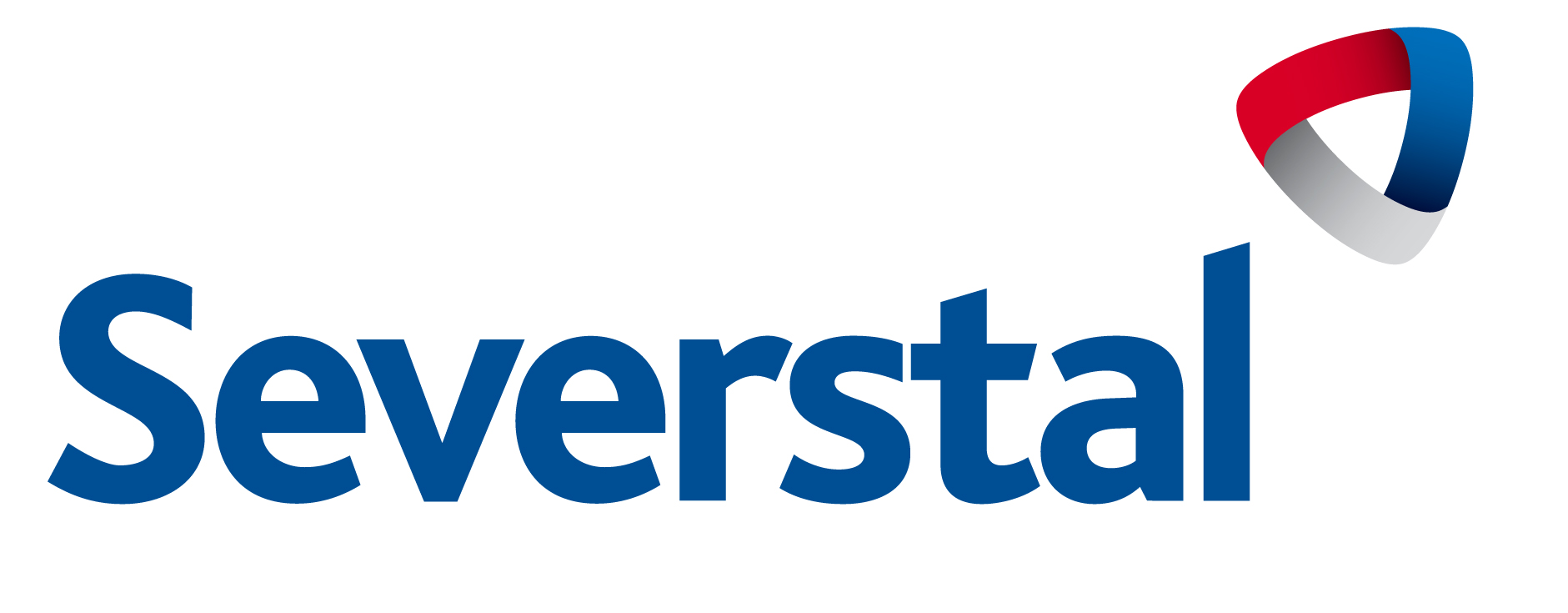Autopilot system for freight locomotive USAVP–G, USAVP-GPT
|
Autopilot system for freight electrical locomotive USAVP-G, USAVP-GPT is intended for automatic control of traction and brake modes of freight DC and AC electrical locomotives including series of VL10, VL10u, VL11, VL80s, VL85, 2ES5K (3ES5K), KZ8A, 2ES5, 2ES6, 3ES5S, 2ES4K (3ES4K). System controls locomotive traction of locos and train brakes providing energy saving and safety train driving. System considers all necessary data:
Operation features of USAVP-G, USAVP-GPT systemsAuto-driving system for freight electrical locomotives is based on modern achievements of microprocessor control of trains. System’s hardware was designed to allow control of freight locomotive with real energy saving. System also realizes train driving with minimized levels of static and dynamic forces in the freight train. USAVPG produces automatic notch switching and control of all types of brakes including pneumatic, electro-dynamic and combined. |

All regime calculations are made directly on board by system CPU in a real time mode. That allows considering all speed limits, actual traffic lights and train situation changing. This fundamentally distinguishes this system from earlier created ones.
USAVP-G vs. analogues
Analogs of the systems of auto-driving of freight trains became the system of auto-driving of passenger trains, also introduced by “AVP Technology”. Foreign analogues on the new locomotives are used only for the function of cruise control (maintaining a given speed), and the speed is set manually. These systems do not react automatically on changing traffic light or changing speed limit. Novelty of developed and implemented systems of automatic control of freight trains is confirmed by patents and certificates of software registration.
Data registration during the trip and its decoding at the depot
During the trip there is a registration on data storage (“RPDA cartridge”) of locomotive parameters, the technical condition of the locomotive, actions of locomotive crew, energy consumption. The decoding and interpretation of stored data is produced by special software in the depot, which allows a comprehensive analysis of the processes associated with the movement of trains, system regimes, locomotive condition, and power consumption. The software also gives trip summaries for future analysis.

Application effect components
-
System makes easier driver’s work especially in difficult situations requiring full attention. It reduces the negative impact of psycho-physiological factors. Automatic control mode helps the driver to avoid many boring routines of locomotive and train control. The actions of the engine driver are reduced to a monitoring on the train situation. Also voice and visual information subsystem helps to increase driver’s attention level if necessary.
-
Train control safety is improved.
-
System saves more than 3 – 5% power consumption in automatic control mode against manual control mode.
-
Comprehensive implementation of USAVP-G (USAVP-GPT) enhances the railways capacity by more compact schedule.
-
USAVP-G (USAVP-GPT) system reduces labor coast for automatic energy consumption storage and analysis.
-
System gives necessary data for analysis of energy consumption by locomotives, drivers, train weight etc.
-
System improves the accuracy of power consumption measuring.
-
System reduces costs of locomotive service and repair due to diagnostics features.

|
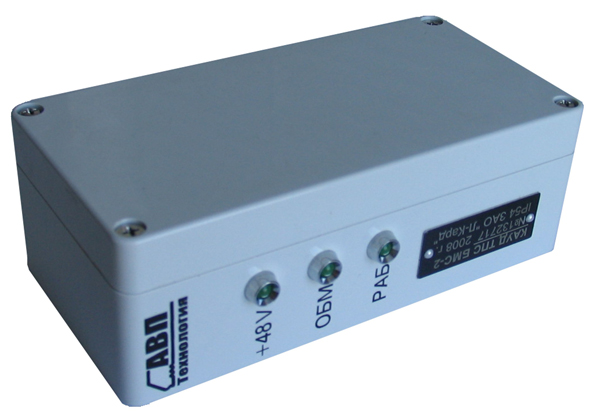
|
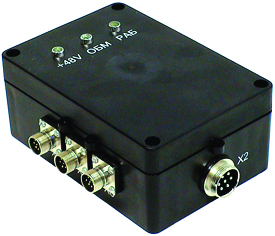
|
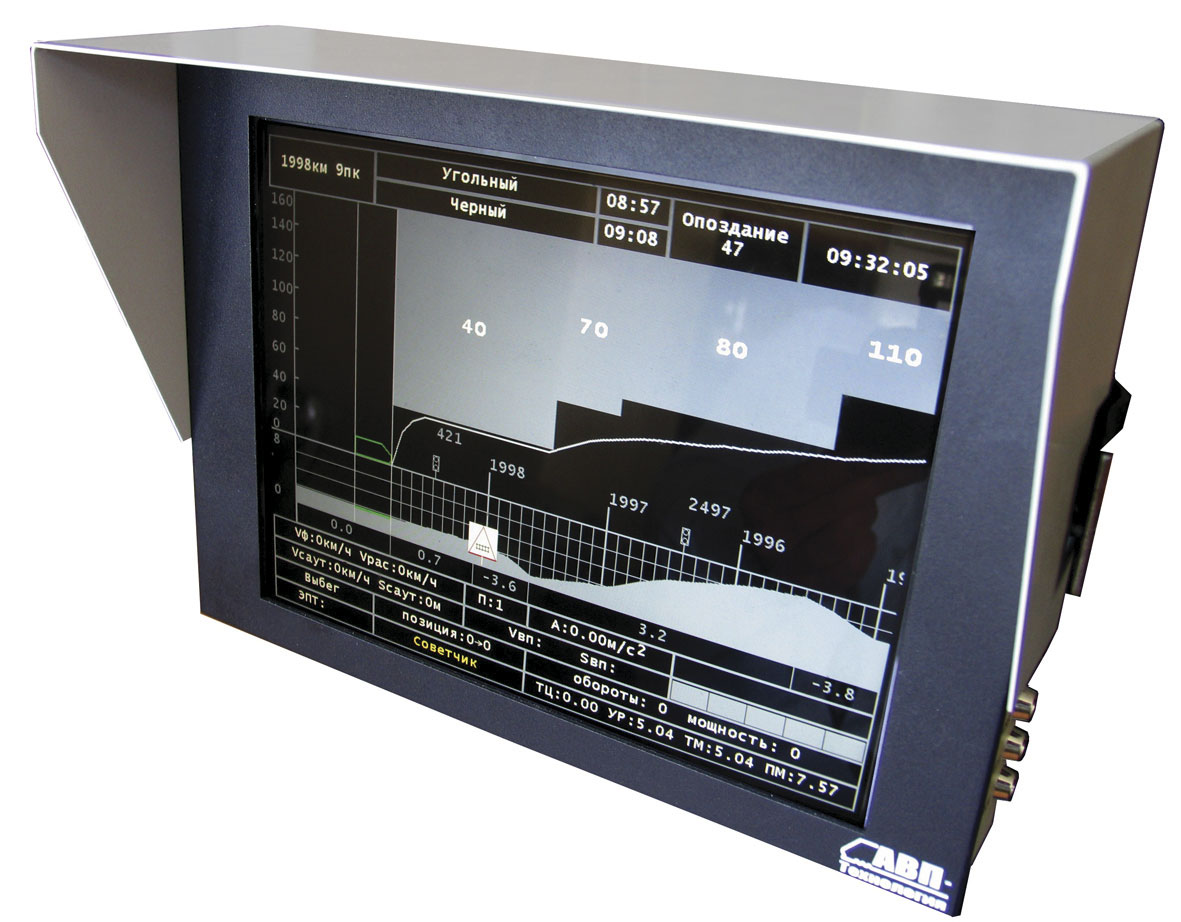
|

|

|
|
High-voltage measurement unit (HVMM) |
Mobile communication unit | Unit of analog input (UAI) | Indication unit | Central processor (SU) |
Excitation control system of exciters (ECSE) |
| Technical specifications | ||
| Parameter name | USAVP-G | USAVP-GPT |
| Alphanumeric display | 8х20 signs | |
| Number of high-current output control switches | 60 | 48 |
| Number of digital inputs | 24 | |
| Number of ADC channels | 12 | |
| Number of DAC channels | 2 | 4 |
| Consumed power | 150 Vt | |
| Mass | 95 kg | |
